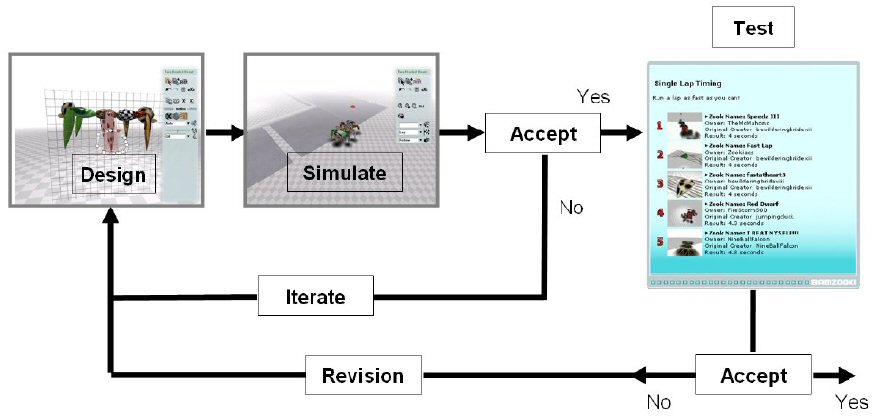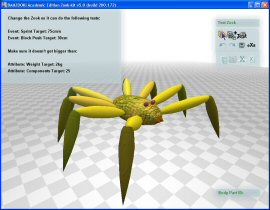|
|
Grand Challenge Overview
| Even though current computer-aided design (CAD)
tools excel at recording the final design solution for an engineering
problem, they are not as adept at capturing the design rationale and
knowledge that were created during the design session. Being able to
access this information will give insight into the reasons why key
design decisions were made which, in turn, will support engineers who
have to make revisions to the product in the future. One way round this
problem would involve having the engineer manually log all the design
decisions made during a session but this would both be disruptive to the
creative process and time consuming. In addition, the quality and
structure of the recorded data would be inconsistent because each
engineer will perform the manual logging differently. Therefore, it
would be greatly beneficial if the CAD system were able to record design
knowledge and rationale automatically. Therefore, the aim of the
research is to apply the user logging and knowledge capture
techniques used in the COSTAR 1 and
COSTAR 2 projects, where a 3D
immersive environment was used, in a 2D design environment. |
 |
|
 |
Our research addresses this issue with a novel
approach and investigation into this subject. A prototype system is
presented which can capture design knowledge and rationale by logging
user behaviour and system interactions unobtrusively whilst a CAD
system is being used during a design session. Since it was not possible
to use a commercial CAD package, due to security and
intellectual property reasons, an alternative was found in the
form of a 2D design environment called BAMZOOKi.
BAMZOOKi, developed by Gameware for the CBBC television channel, is
aimed at children and allows mechanical creatures,
called Zooks, to be created and then tested using the built-in
trials. These trials test the sprinting, pushing and hurdling capability
of the user's Zook and there are performance targets that have to be met
before a design can be deemed to be successful. |
| The log files generated by BAMZOOKi are designed to
be an XML format so that the data is in a structured, analysable form
and is easy to parse and post-process. After carrying out a large-scale
trial of the prototype application, over 700 log files were generated
and then analysed to extract design knowledge and intent as well as
allowing a statistical analysis of the log file data and process
mapping. Regarding the latter, a colour-coded representation and
IDEF0 diagrams were output to give a
visual representation of the processes that occurred during the design
sessions. Finally, by utilising the design knowledge obtained from the
analysis, that is stored in an XML format (shown on the right), an original experimental form of automated information push is
presented which aids the user during the design task depending on their
real-time logged design behaviour. |
<?xml version="1.0"
encoding="UTF-8" ?>
<bamzooki_event>
<change_leg_size>13</change_leg_size>
<change_body_size>1</change_body_size>
<change_ik_point>3</change_ik_point>
<change_ik_point>2</change_ik_point>
<change_ik_point>4</change_ik_point>
</bamzooki_event> |
|
|



